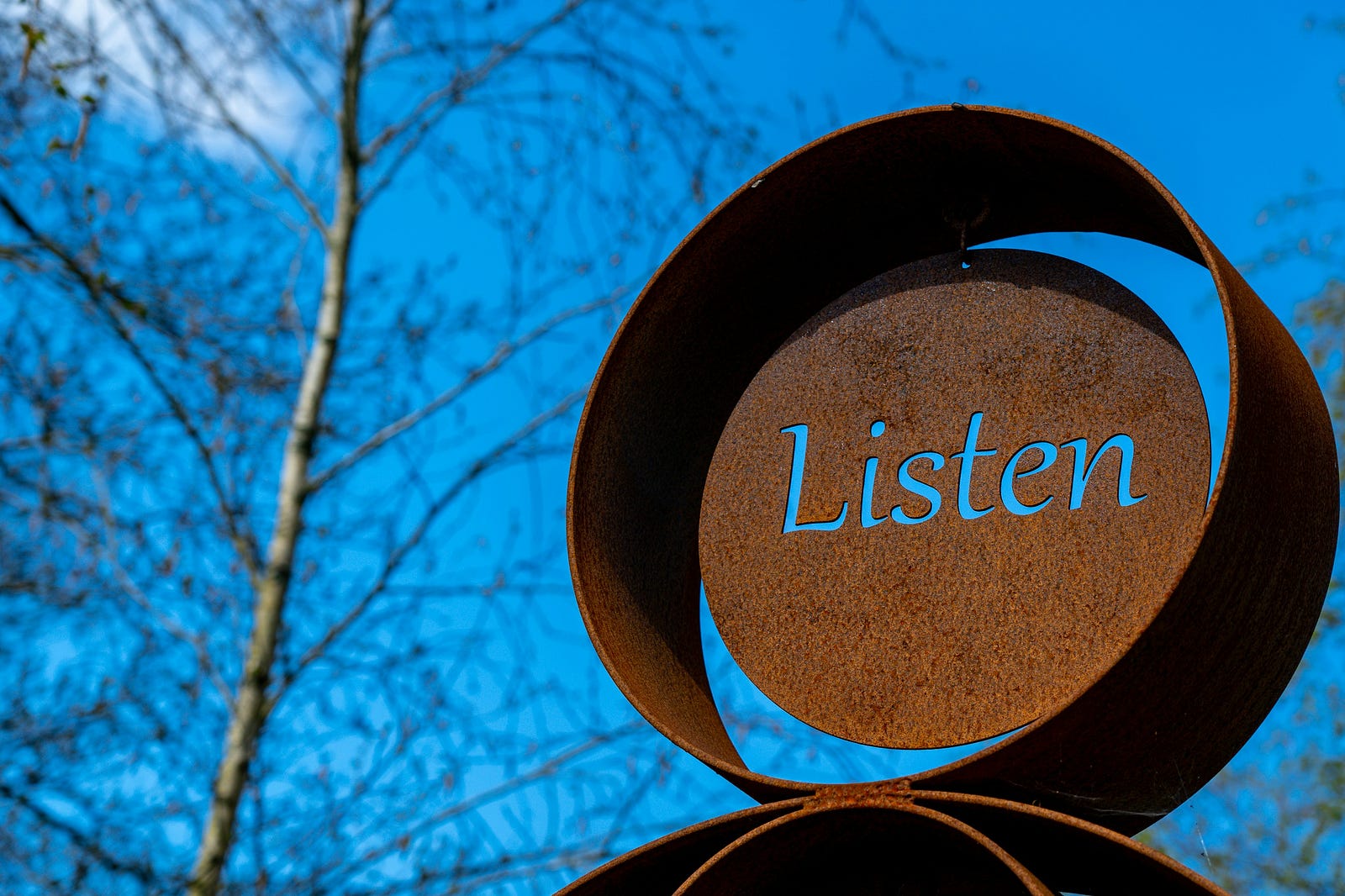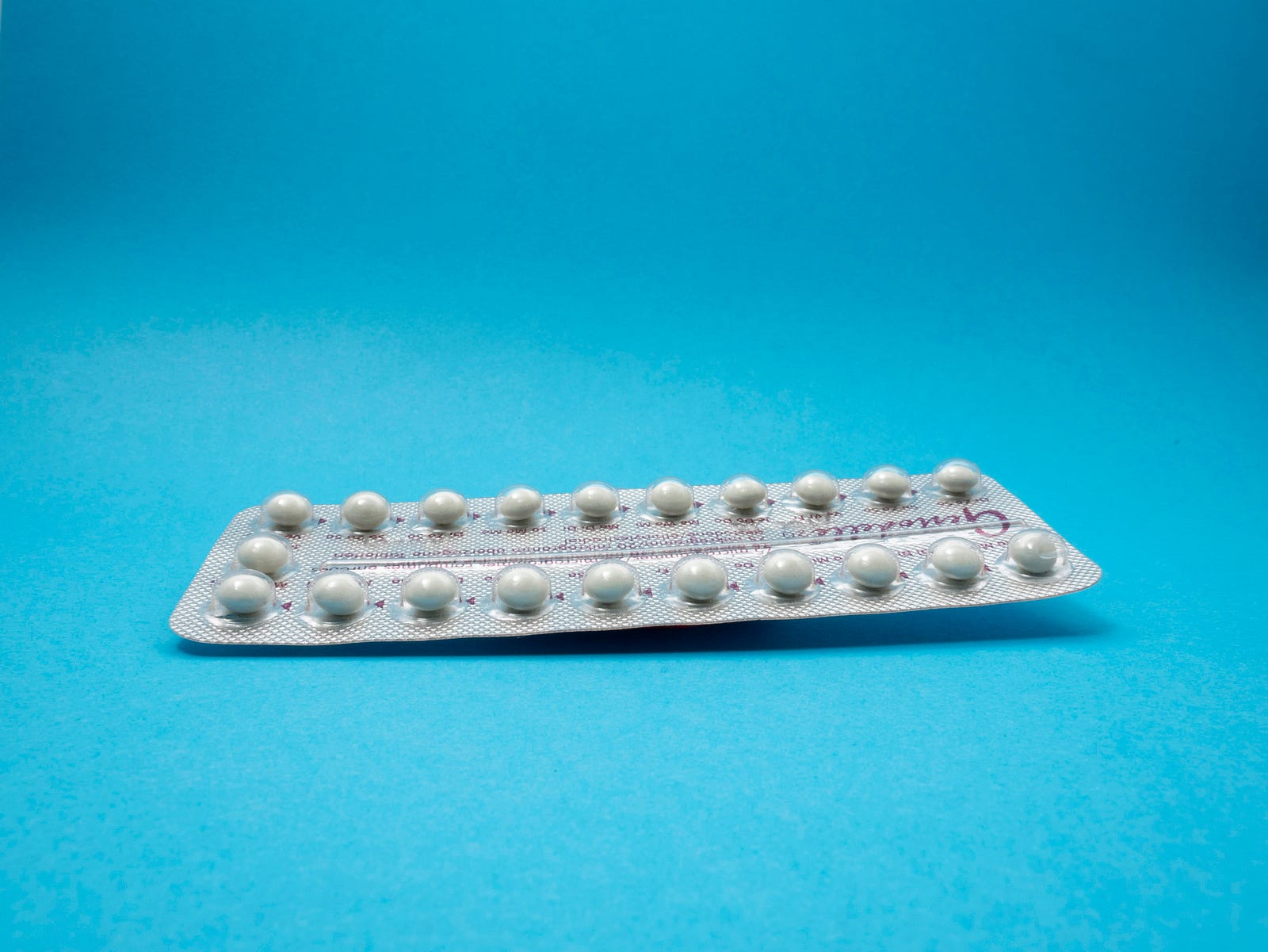Mammogram Myth Busters: Too Many or Too Few? New Guidelines Explained.
I HELP PATIENTS WITH BREAST CANCER. For my entire three-decade career, the yearly mammogram has been a cornerstone of breast cancer screening. Today/s topic? Mammogram myth busters.
But a recent update to the guidelines has thrown a wrench into this familiar routine.
Some experts hail the change, suggesting it reduces unnecessary testing and anxiety.

Others worry it might leave some women vulnerable. So, what’s a woman to do?
Goals
I recently saw Betsy, a 42-year-old woman with locally advanced breast cancer.
After over three decades of practice, it still breaks my heart each time I meet someone with breast cancer, especially when it is not early.
In this essay, I’ll unpack the latest recommendations and explore the potential benefits and drawbacks of the new screening guidelines.
Whether you’re approaching your first mammogram or a seasoned veteran of these screenings, this article equips you with the information you need to navigate this evolving landscape and make informed decisions about your breast health.
I’m about to untangle the mammogram maze.
New Guidelines
For many women, mammograms are a familiar part of healthcare.
Traditionally, doctors recommend women with an average risk of breast cancer get a mammogram every two years between the ages of 50 and 74.

Recent change
Here’s the recent change: In April 2024, a key healthcare group in the US, the US Preventive Services Task Force, updated their guidelines.
Now, the group recommends these screening maneuvers:
All women between 40 and 74 who were assigned female at birth get a mammogram screening every other year.
Additional imaging tests
The USPSTF is unsure whether additional tests such as breast ultrasound or MRI benefit women with dense breasts after a regular mammogram.
The group needs more research to see if these extra tests find more cancer or lead to unnecessary procedures.
Breast Cancer Screening For Those 75 and Older
The USPSTF isn’t sure yet about the best approach for mammograms in women 75 and older.
We need more research to weigh the potential benefits (like catching cancer early) against any possible downsides (like unnecessary tests or biopsies).
Other Expert Recommendations
The new recommendations from the US Preventive Services Task Force (USPTF) suggest mammograms every other year for women between 40 and 74.
However, other healthcare groups have slightly different suggestions.

The American College of Radiology recommends starting annual mammograms at age 40.
The American Cancer Society Agrees
On the other hand, the American Cancer Society (ACS) previously advised yearly mammograms for women between 45 and 54, then switching to every other year after 55.
Here’s the key update: The American Cancer Society recently announced their support for the new USPTF guidelines.
This support means the ACS, a major voice in cancer awareness, now agrees that mammograms every other year might be a good option for many women in this age range.

Why Are The New Guidelines Important?
Why should you listen to them?
The USPTF is a trusted source because it’s a government panel with top medical experts. They base their recommendations on solid scientific evidence.
Here’s why these new guidelines might be important:

- Earlier Detection: Research shows breast cancer rates are rising in women under 50. I’ll talk more about this in the next section. Early detection is crucial, and mammograms are currently the best tool we have to catch cancer early for those at average risk.
Other Reasons for Early Screening
Here are some other reasons why earlier breast cancer screening might provide value:
- Aggressive Cancers: Research shows that younger women may have a higher risk of aggressive breast cancers, which grow quickly, have a higher grade, and are hormone receptor-negative.

- Closing the Gap: Black women are more likely to die from breast cancer, in part because it’s diagnosed later. Starting mammograms earlier could help identify cancer sooner and improve outcomes for this group. Black women still have a four percent lower incidence rate of breast cancer than white women but a 40 percent higher breast cancer death rate.
Remember: These are general guidelines for those with an average risk of getting breast cancer.
It’s always best to talk to your healthcare provider about your risk factors and determine the best screening schedule.
Breast Cancer Rates: A Slow Climb
Breast cancer rates have been creeping up slightly over the past decade or so. The increase is small, around 0.6 percent each year since the mid-2000s. Experts believe a few things might be contributing to this trend:
- Weight: Carrying excess weight can slightly increase post-menopausal breast cancer risk.
- Childbirth: Having children earlier in life and having more children are thought to lower breast cancer risk. So, with women waiting longer to have kids and having fewer children overall, it could be a contributing factor.
It’s important to note that this rise is small and may seem relatively insignificant.
However, it’s also concerning, especially because the increase seems to be a bit steeper in younger women (under 50) compared to older women.
My Take
The takeaway?
While there are different perspectives on mammogram frequency, there seems to be a shift towards recommending screenings every other year for women with an average risk of breast cancer.

The new guidelines aim to get more women screened earlier, which could lead to earlier detection and better health outcomes.
Earlier detection is especially important for some groups of women, like Black women, who face higher risks of breast cancer-related death.
Individualizing Breast Cancer Screening – Mammogram Myth Busters
However, it is always a good idea to discuss your situation and risk factors with your doctor to determine the best screening schedule.
If you have a higher-than-average breast cancer risk, the screening recommendations can be quite different.
Finally, would annual screening save more lives? And at what cost?
Lowering Your Breast Cancer Risk
I will end with some strategies that might keep you out of my oncology office.
While some risk factors like age and family history are out of your control, the good news is there are steps you can take to empower your health and potentially lower your risk of breast cancer:
- Maintain a Healthy Weight: Excess weight can increase breast cancer risk. Aim for a healthy weight through a balanced diet and exercise.
- Get Moving: Regular physical activity is a win-win. It helps you maintain a healthy weight and potentially lowers breast cancer risk.
- Limit Alcohol: Studies suggest excessive alcohol consumption can increase breast cancer risk. Moderation is key.

- Talk to Your Doctor About Hormones: If you’re considering hormone replacement therapy (HRT) or birth control pills, discuss the potential risks and benefits with your doctor to see if they’re right for you.
- Breastfeeding: Breastfeeding, if possible, may offer some protection against breast cancer.
- Family History Matters: If you have a family history of breast cancer or genetic mutations (for example, in BRCA1 or BRCA2), talk to your doctor about additional risk-reduction strategies.
Final Thoughts – Mammogram Myth Busters
Remember, a healthy lifestyle has many benefits.
By taking care of yourself, you’re not only lowering your risk of breast cancer but also promoting overall well-being and potentially improving your chances of overcoming any health challenges that might arise.
And don’t forget to get appropriate breast cancer screening.
I’m rooting for you.
Thank you for reading “Mammogram Myth Busters.”




